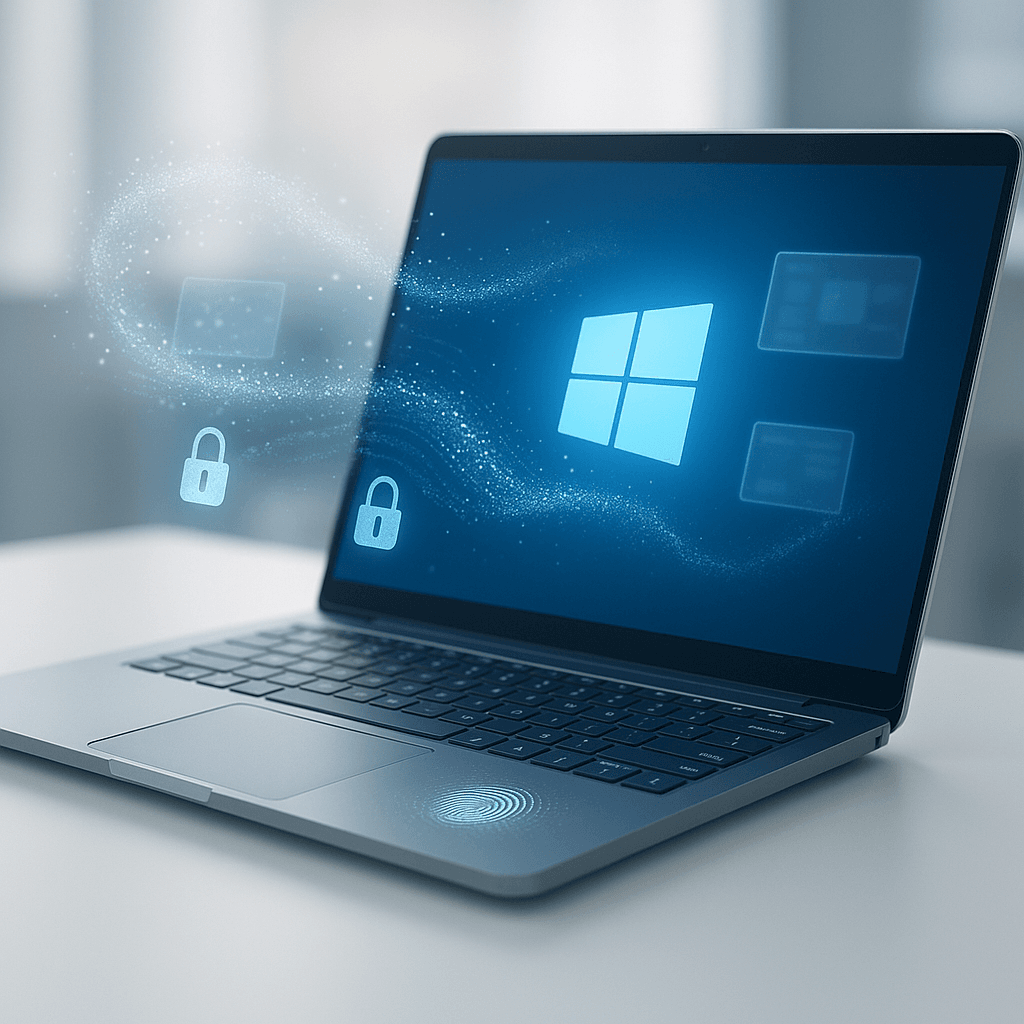Microsoft just brought back Windows Recall after months of privacy backlash, but this time with major security upgrades. The AI-powered screenshot feature now requires biometric authentication, stores data locally, and stays off by default - marking a significant shift in how tech giants handle controversial AI tools. For Windows 11 users with Copilot+ PCs, the question isn't whether Recall works, but whether you trust it enough to turn it on.
Microsoft is betting that privacy paranoia won't kill one of its most ambitious AI features. Windows Recall officially returned to Copilot+ PCs this week, armed with what the company calls a "comprehensive package of protections" designed to address the security nightmare that derailed its original launch.
The feature works like a photographic memory for your computer - constantly taking screenshots of everything you do, then using AI to make it all searchable. Think of it as browser history, but for your entire digital life. Need to find that document you were working on last Tuesday? Or remember which website had that specific chart? Recall promises to surface it instantly through natural language search.
But here's the thing - that same capability that makes Recall potentially revolutionary also makes it terrifying. When security researchers demonstrated how easily the original version could be hacked, exposing every private message, banking session, and sensitive document, Microsoft faced what Wired's David Nield describes as a backlash so intense that the company temporarily pulled the feature entirely.
The rebuilt version addresses those concerns head-on. Most importantly, everything stays local - no screenshots or data ever leave your PC for Microsoft's servers. The company also added mandatory Windows Hello authentication, meaning even if someone gains access to your computer, they can't open Recall without your face, fingerprint, or PIN.
"It's quite a comprehensive package of protections, and Microsoft is hoping that it'll be enough to make you trust Recall and enable it," Nield notes. The feature now ships disabled by default and includes granular controls - you can exclude specific apps or websites, automatically skip screenshots containing passwords or credit card numbers, and delete any captured data whenever you want.










